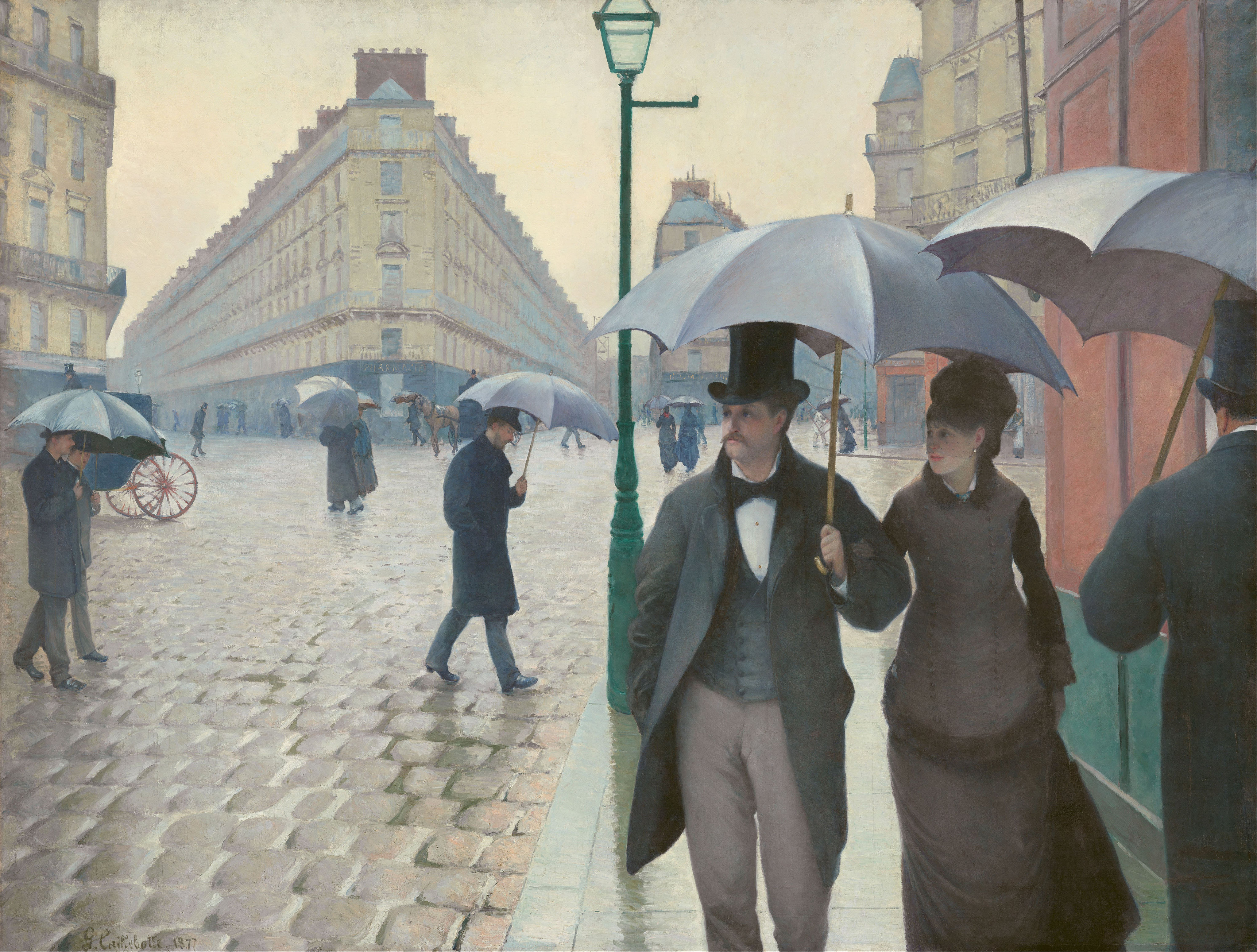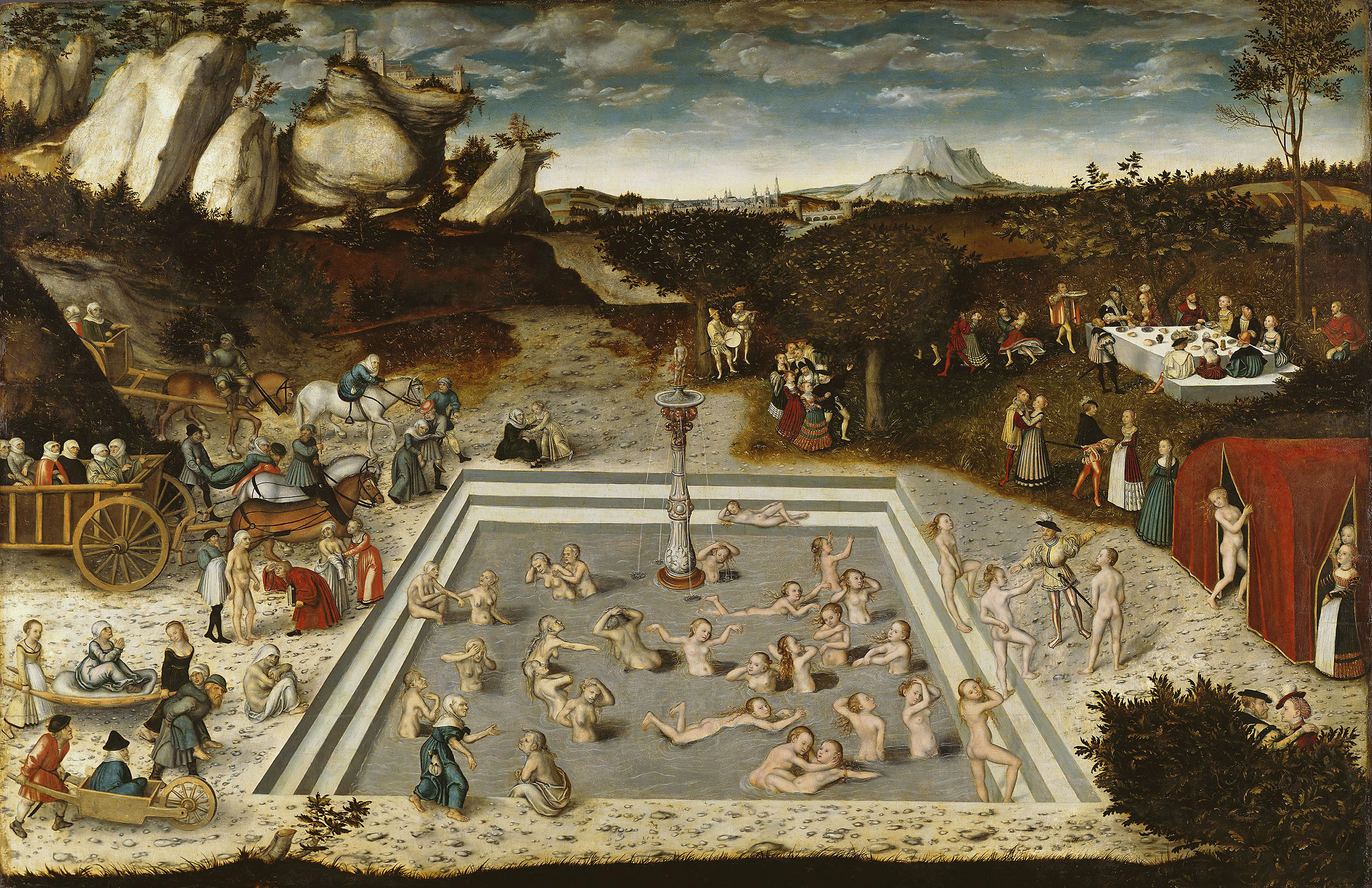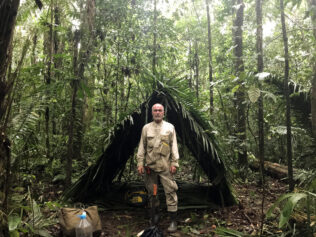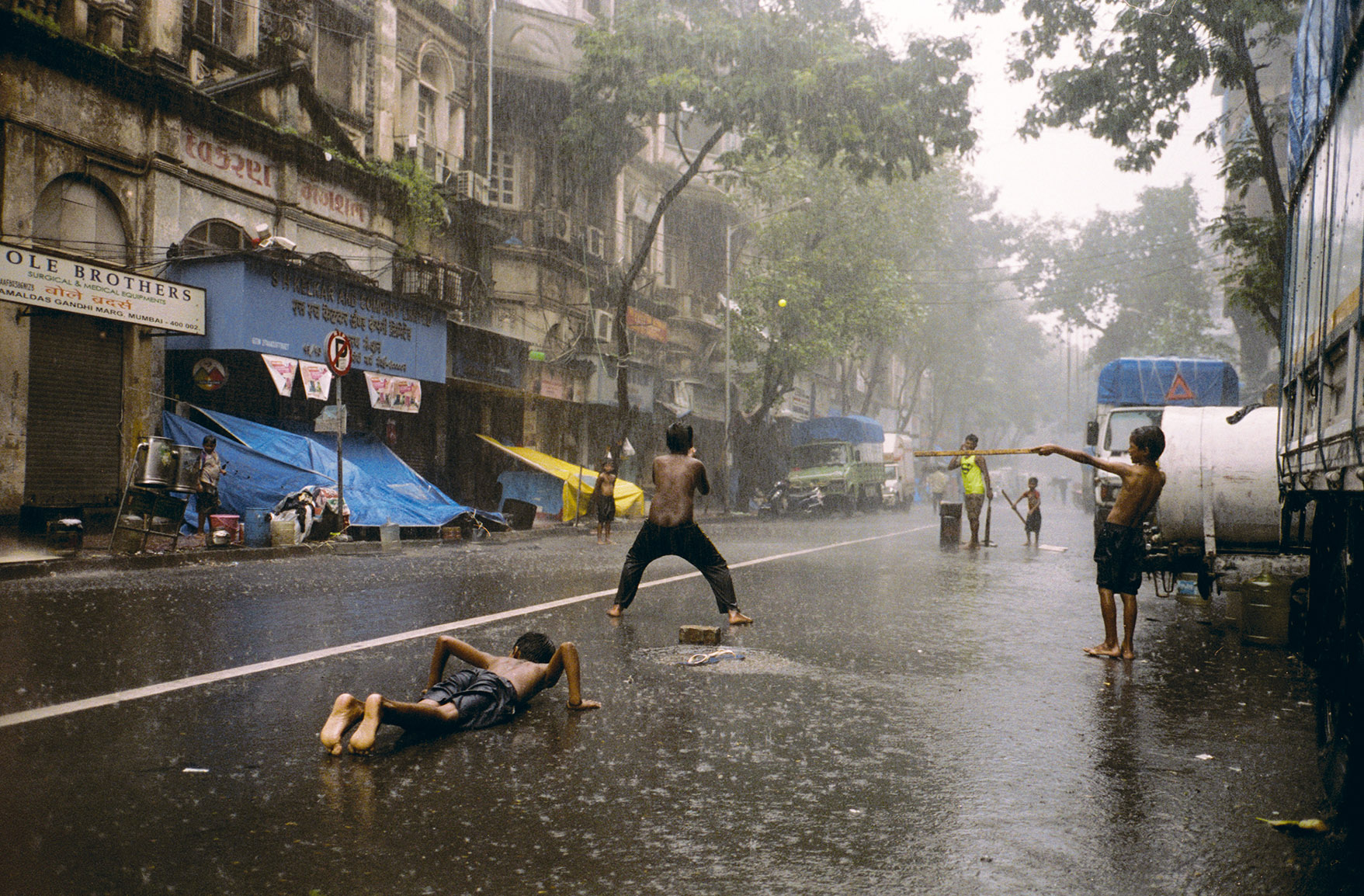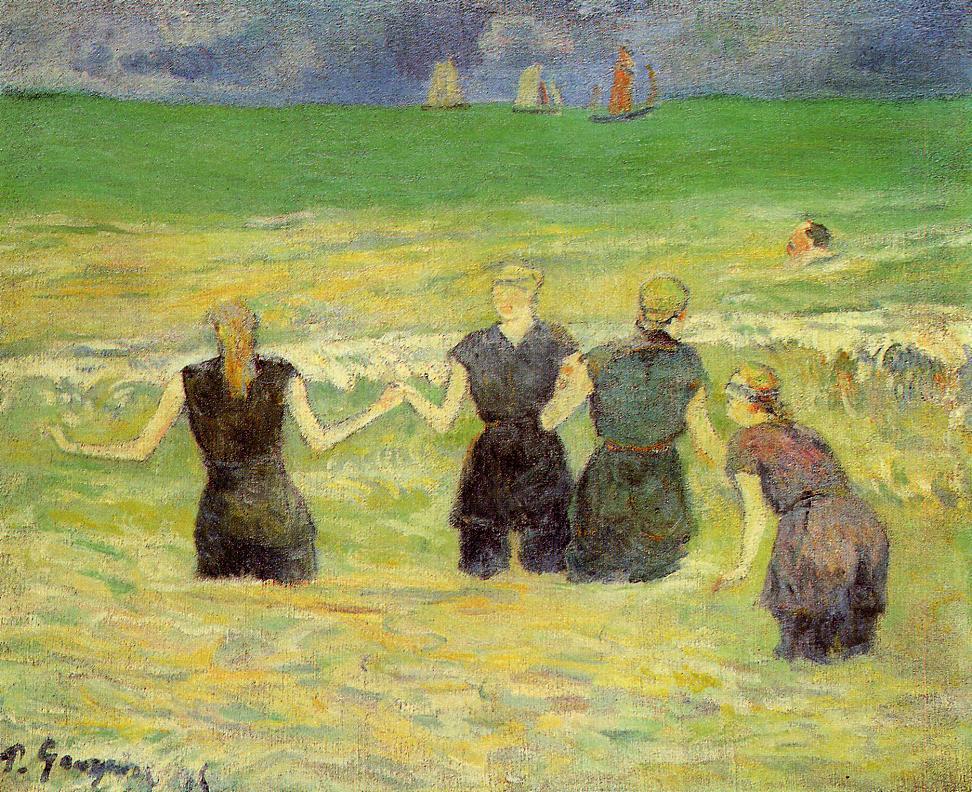
The music of raindrops is much more than white noise. It brings peace and calm, reminding us of a time when the Earth was our home and helping us to reconnect with our roots.
I sometimes regret not remembering the moment I first discovered rain. I wish I could relive that first time now, with full awareness. Did I feel the cold drops on my face on that childhood day? Or did I hear the rain drumming on the ledge of our high-rise flat, only later seeing it on crying windows?
Although unable to recall this, I imagine that I was sheltered indoors, the rain falling in the other, outside world beyond the window. It must have first appeared in my life as sound. Otherwise, its concerts would not be able to captivate me today.
When it starts raining outside, I wax contemplative, becoming eager to sit in silence, eyes closed, all ears. Wrapped in a wool blanket, I imagine that rainwater is rising all around me, the grey downpour floating my body up as if it were suddenly exempt from the laws of gravity.
It seems puzzling that the continuous hum of rain is not as wearisome as other monotonous mechanical sounds. Nor is it ordinary white noise trickling in the background and leaving listeners indifferent. Rain permeates us and brings solace.
Singing in the rain
The sounds of rain are difficult to imitate and cannot be replicated in music performed by people, either vocally or instrumentally. Rain is inimitable, but luckily it can be recorded. When we need its sound and the weather is dry, it suffices to search online for ‘rainstorm sounds’. We just need to decide what it is exactly we wish to listen to. The choice is difficult, as music services provide a plethora of rainy soundtracks. As it turns out, rain can make many different kinds of music depending on its intensity, tempo, and the surface on which its drops land.
Those unafraid of storms can easily find sounds of rain tapping on windows accompanied by thunder of varying intensity. However, the storm-wary may enjoy ordinary rain. It is also possible to listen to mighty downpours or the rain beating on tarmac. There are sounds of delicate night rain, as well as the kind that falls in cities during the day. Elsewhere, you can find sounds of the Amazon rainforest or cloudbursts in the mountains; night downpours banging on the metal roof of a village house and rain at the windows of a luxury apartment in downtown Chicago. Rain brings to each their own longings and dreams. Each recording is an invitation to a journey into childhood, holidays and remote yet comforting places, both ordinary and exotic.
Online recordings of rain can last from several minutes to more than 10 hours. The latter can help with falling asleep and enjoying calm rest. They can be put on in the evening, continuing to play until morning. The sound of rain enables us to relax and enter a meditative state, quieting the mind and releasing us from ourselves in order to reconnect with deeper consciousness. ‘Rain on demand’ is a harmless relaxation aid, which I have used many times to alleviate my own problems with falling asleep.
Therapeutic effects
Physics, geography and climate science teach us how rain is formed. It appears due to the circulation of air, evaporation, condensation and liquefaction of earthly humidity. Science has provided us with tools to recognize different types of rain. Specialists are able to draft charts describing humidity and rainfall levels in specific parts of the world.
Recently, rain and sounds of nature have come under the scrutiny of psychology, particularly in connection with their relaxing effect on people. A research team at the Brighton and Sussex Medical School, led by Cassandra Gould van Praag, who combines phenomenology and cognitive neurobiology in her studies, developed a simple experiment in collaboration with the multimedia artist Mark Ware. Its participants were asked to listen to two kinds of recordings, some made in the natural environment and some in human-populated areas. Researchers would simultaneously examine the activity of the participants’ brains using fMRI and observe the functioning of the autonomous nervous system.
The team established that the operation of the default mode network (DMN) – the brain areas active when we focus on specific tasks – is affected by the sonic background. Natural sounds boosted the activity of the parasympathetic nervous system, which is responsible for relaxation and regeneration. The brain would focus on outside factors. In other words, the thoughts of the studied individuals wandered freely, as if during a relaxing walk.
In the case of artificial sounds, the brain’s focus shifted inside, as if contracted under stress, setting in motion activity patterns observed among people suffering from neurosis, PTSD or depression. Intriguingly, the relaxing effect proved stronger in the case of stressed participants. Those already relaxed, however, also felt better, but the difference was not as spectacular. The experiment showed that sounds of nature are the equivalent of a body massage (the study was published in Scientific Reports 7:45273).
Arche, bania and the rain bird
It is perhaps for this reason that the four elements – including water – have always been so fascinating. Thales of Miletus, who lived at the turn of the seventh and sixth century BCE, was a Greek philosopher and traveller. A classic representative of the Ionian philosophy of nature, he regarded water as arche: the original principle and substance; or the origin of all that exists, the primal material from which the world was created. He imagined Earth to be a flat plane floating on water. According to Aristotle, Thales believed that “the nutriment of all things is moist, and that heat itself is generated from the moist and kept alive by it (and that from which they come to be is a principle of all things)” as well as that “the seeds of all things have a moist nature, and that water is the origin of the nature of moist things.”
These poetic images are only matched by Shangyang – the one-legged rain bird from Chinese mythology. It was particularly close to Yu Shi, a rain deity. When drought threatened crops, Chinese farmers would call Shangyang for help. If the bird heeded their pleas, it would draw water from the river in its beak and splash it over the fields. However, it could also appear uninvited, heralding dangerous downpours. Legends say that this is what once happened at the court of Prince Qi. Upon seeing Shangyang, he sent his men to seek advice from Confucius, and then built on his recommendation a system of weirs and canals that would prevent flooding.
The cult of nature is also at the foundation of Slavic mythology, its one foot in the four elements and the other in the spiritual realm of the ‘otherworld’. The pulsating heart of Slavic imagination was the bath house (bania in Russian) and the related ritual of wallowing in hot mist, which was especially popular in Eastern Slavic territories. According to the Old East Slavic letopis The Tale of Bygone Years (Nestor’s Chronicle), both the world and humanity were created in a bania, the latter believed to have been born from the drops of God’s sweat that fell on the ground.
The last image is also related to another old belief, according to which the sky impregnated Mother Earth with rain, a concept found in many religions. The Slavs possibly took this idea over from India. In Buddhism, the birth of Gautama Buddha is sometimes described as accompanied by two streams of water pouring from sky to earth – one cold and the other hot – washing over the Awakened and his mother. The Buddhist legend also brings to mind the Old Russian tradition of bathing a newborn in a bania together with the newly delivered mother. This was certainly hygienic, but it was not the point: the steam bath ritual involved symbolic purification and placed the new member of the community in a relationship between Heaven and Earth, introducing the baby to the ancestors, whose souls were believed to hover over the hot bath as vapour.
The four elements, including water, also intrigued the French philosopher Gaston Bachelard (1884–1962), a self-taught thinker who changed his job as a postman for a prestigious position at the Académie Française. Bachelard explored the mysteries of natural forces both in science and poetry. He considered their images to be the primal expression of humanity’s rootedness in the world. In 1942, he published the essay “Water and Dreams”, the result of his painstaking efforts to listen to the music of water. “It is near water and its flowers,” he argues, “that I have best understood that reverie is an ever-emanating universe, a fragrant breath that issues from things through the dreamer.”
Anomalies
Naturally, water dreams can continue as long as water does not pose a direct threat. From my early holidays I remember the famous three-day-long downpours in the Masuria lake district. They could put you in a dreamy state, but only if you did not have to sleep in a tent. Back then, all tents in Poland were produced at a single factory in Legionowo. They were solid structures from heavy canvas. When rain started, it was necessary to grab a camp shovel and dig a trench around the tent, adjusting strings and securing pegs. After taking these precautions, you would only have to avoid touching the canvas walls from the inside. As can be easily guessed, the tent would leak sooner or later, and if this was miraculously not the case, everything would soon become damp anyway. At night, you would lie down sleepless, listening to drops drumming with changing tempo and intensity: from light rain to showers so intense that after several hours they would cause flooding.
With the arrival of the climate crisis, we have entered an era of anomalies, where rain and drought are not mutually exclusive. It is typically assumed that frequent and intense rain provides proper irrigation. However, this might not be the case. Global warming has reversed some of the basic parameters: liquefying water vapour, which we call rain, may not reach the dry earth because it can become water vapour before it even reaches the crust. Sudden downpours do not protect us from droughts because water may not sink in, flowing off and causing a flash flood rather than nourishing fields and meadows.
Are these the last years when the sound of rain can soothe us and invite a meditative mood? It is possible, so let us enjoy it while we can, allowing rain music to lead us back to the time when the Earth, guarded by the four elements, used to offer shelter to its inhabitants. Let the rain lead us back home.
Quotations from Aristotle’s Metaphysics are cited from the translation by W. D. Ross, while the passage from Gaston Bachelard’s Water and Dreams is cited from the translation by Edith R. Farrell.



